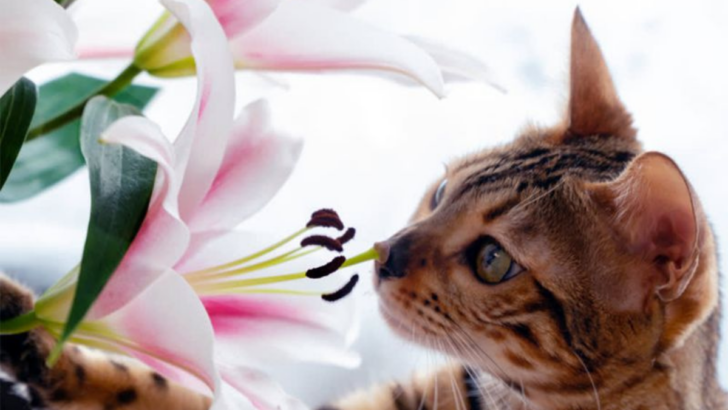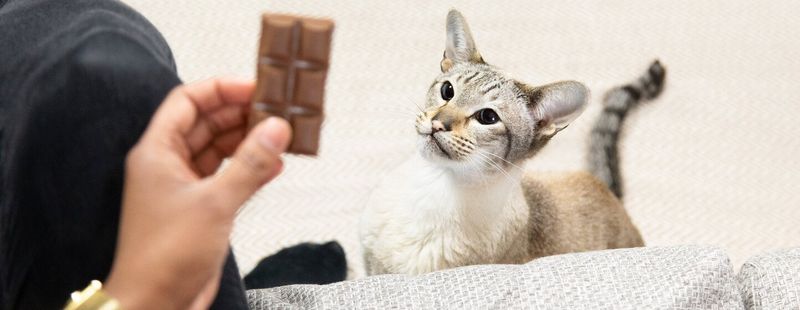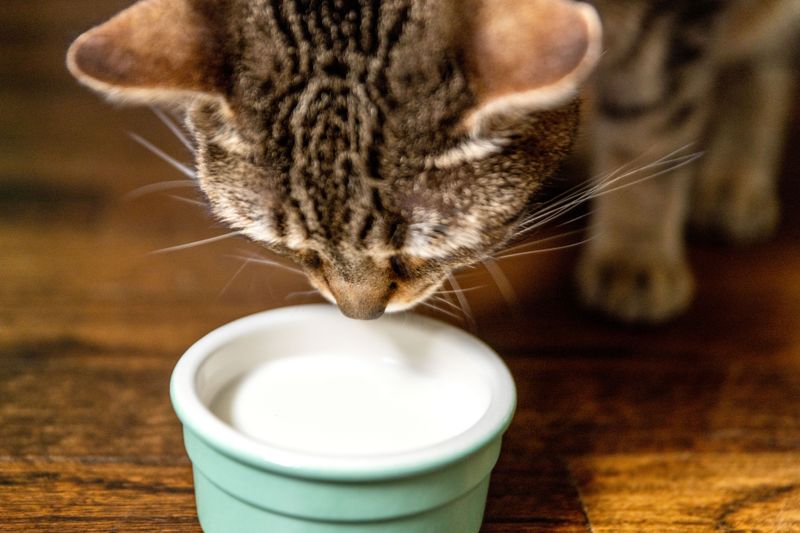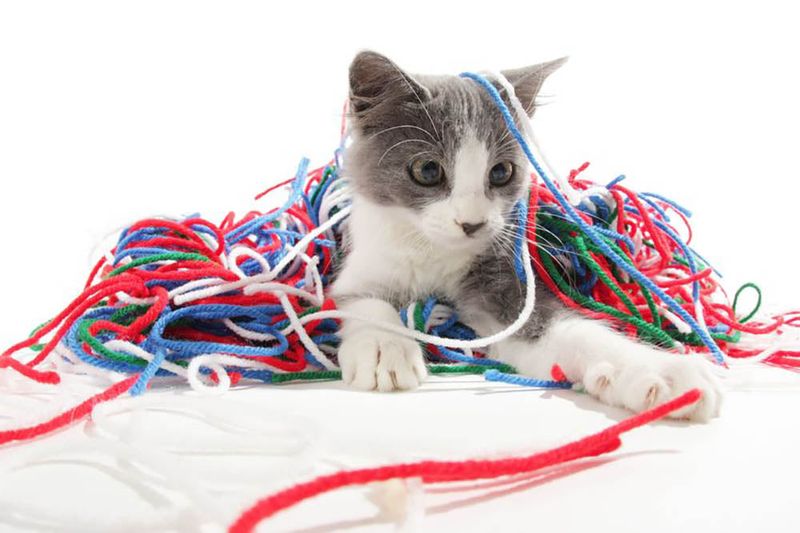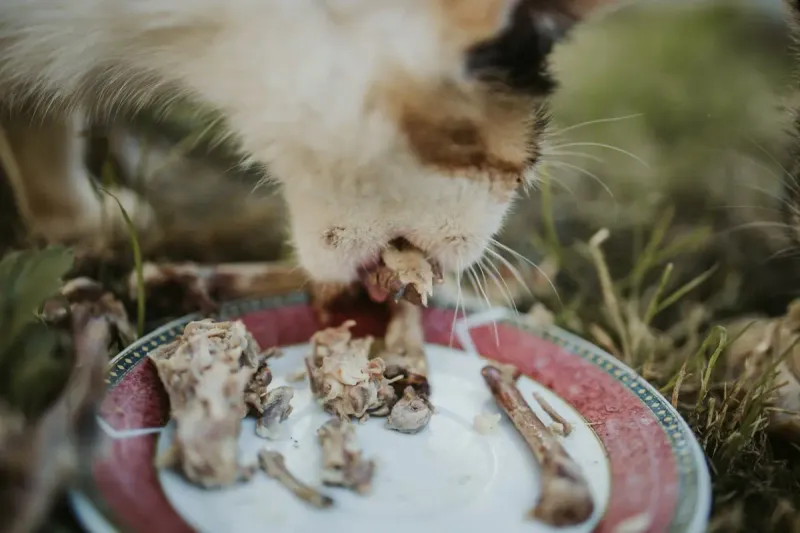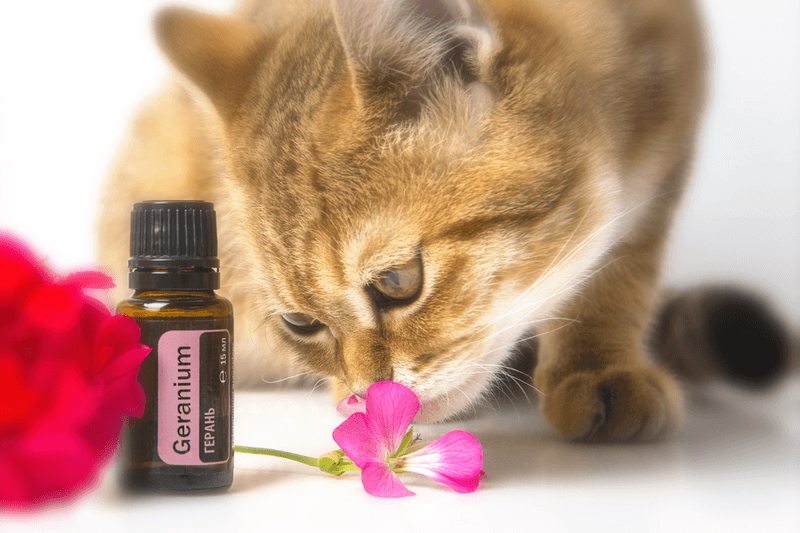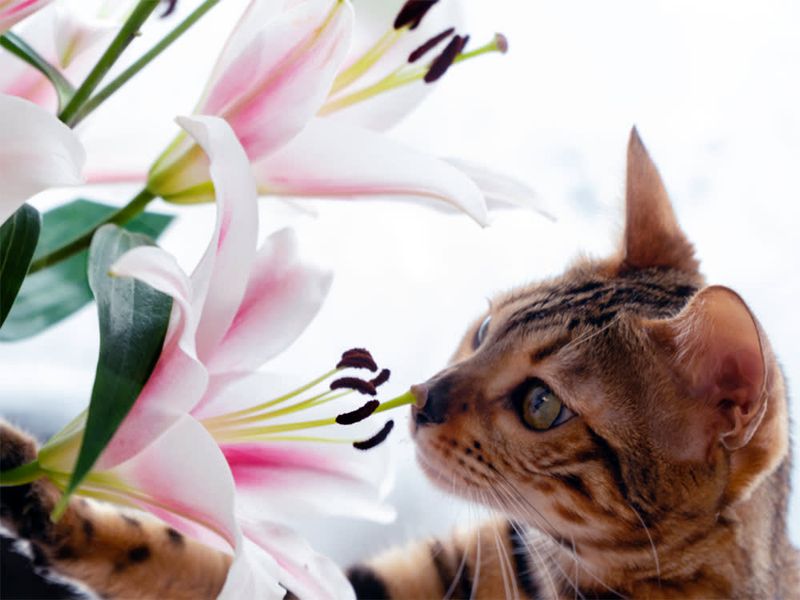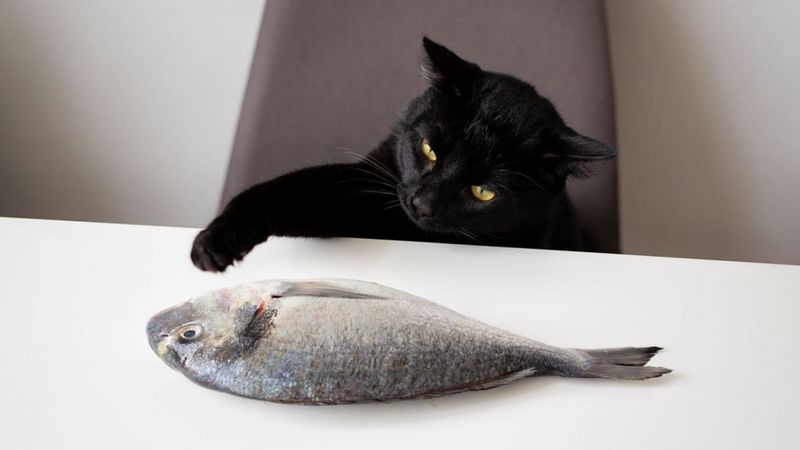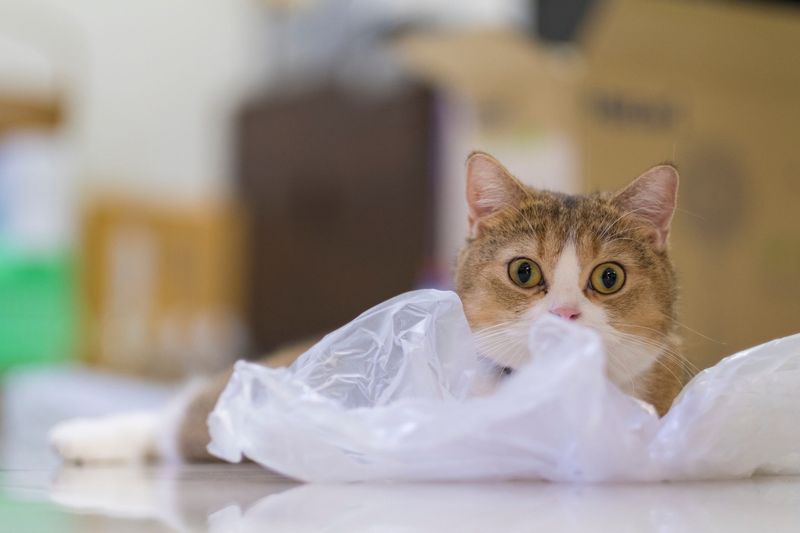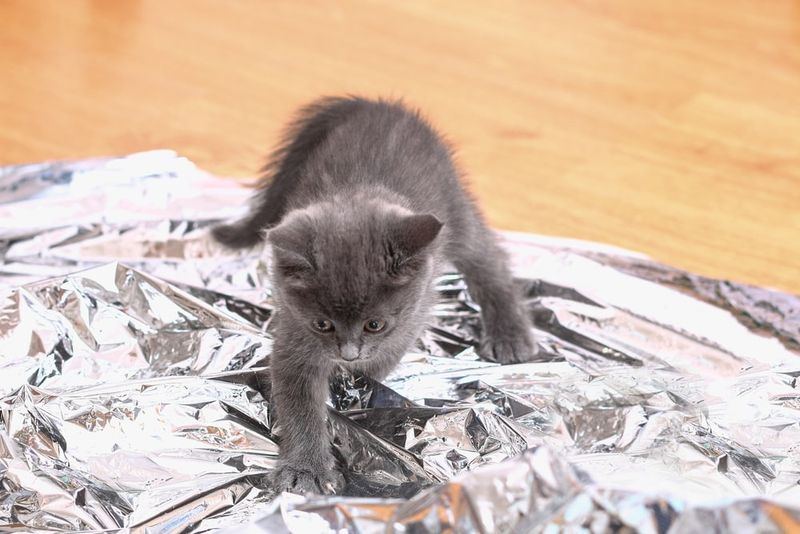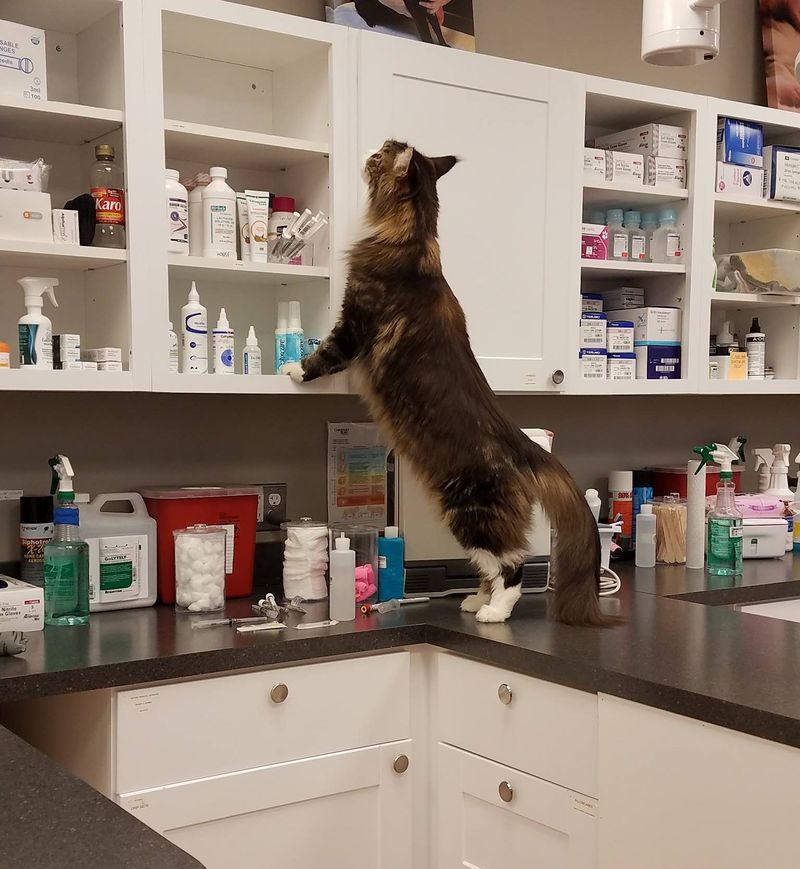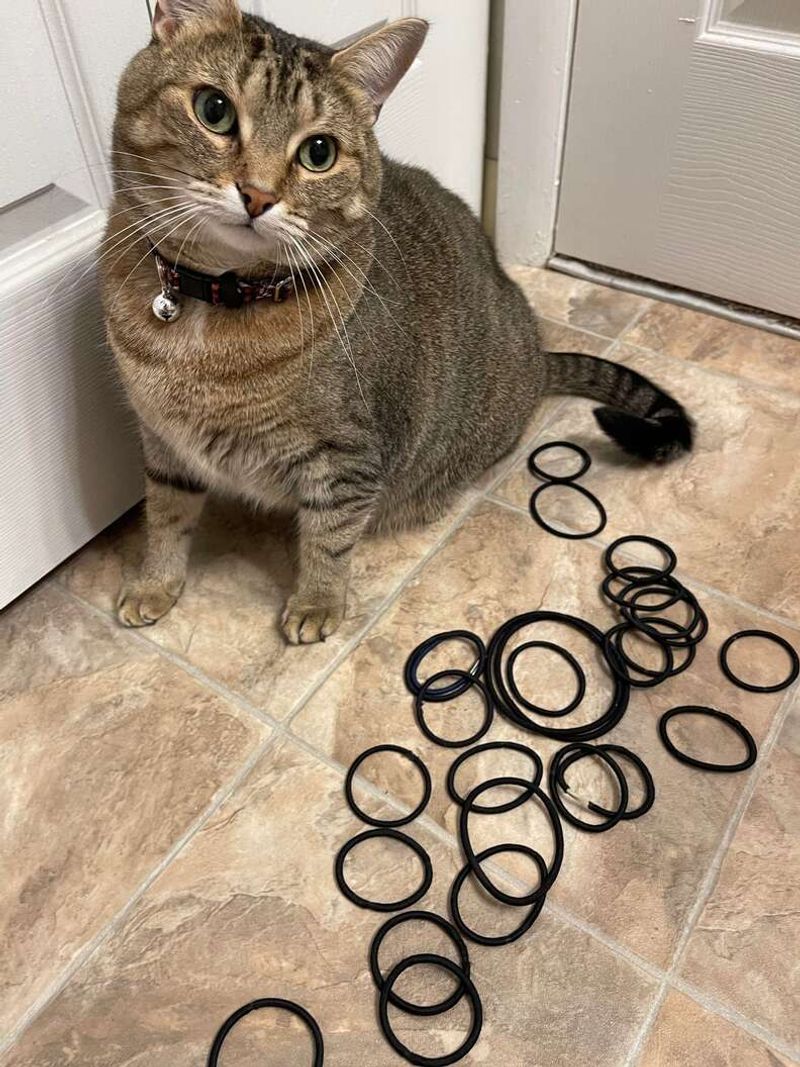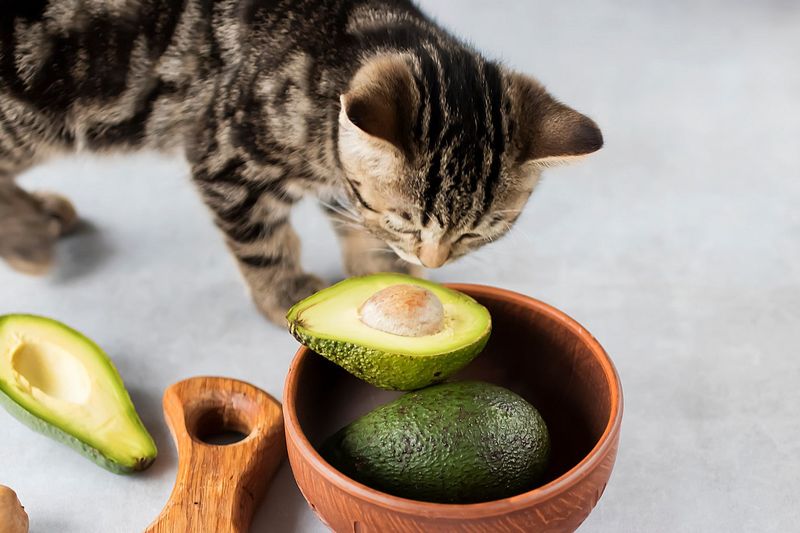Cats are known for their independent and sometimes elusive personalities, making it challenging to understand what truly brings them joy. While many gifts are marketed as ideal for felines, not all of them live up to the hype. Some popular items might seem perfect for your cat, but in reality, they could be more harmful than helpful.
It’s easy to be lured by the colorful packaging and promises of entertainment or comfort, but not every gift is suitable for a cat’s well-being. Certain toys, treats, or accessories can pose hidden risks that aren’t immediately obvious. Understanding which items can negatively affect a cat’s health or happiness is crucial for making the right choices.
Making thoughtful decisions about the gifts given to a cat ensures both safety and enjoyment. By considering the needs and instincts of felines, it becomes easier to avoid common pitfalls when selecting presents. Here are 13 popular gifts that, despite their appeal, should be avoided for the sake of your furry friend’s well-being.
1. Chocolate Treats
Chocolate might be a tempting treat for humans, but it’s a big no-no for cats. With its rich aroma and enticing look, it can easily attract your curious kitty. However, chocolate contains theobromine, a compound toxic to cats. Even a small amount can cause symptoms like vomiting or seizures.
When your cat looks up with those big, pleading eyes, remember their health is more important. Instead of chocolate, offer your cat a safe feline treat that satisfies their taste buds. Keep chocolates well out of reach, ensuring your home remains a hazard-free zone for your furry friend.
2. Milk and Dairy Products
The image of a cat lapping up milk is iconic, yet most adult cats are lactose intolerant. While they might show interest in a bowl of milk, consuming it can lead to digestive issues like diarrhea or stomach upset. It’s essential to remember that what seems like a tasty treat could result in discomfort for your pet.
Opt for lactose-free alternatives if you must indulge your cat’s curiosity. Providing fresh water is always the best choice. Keeping dairy at bay ensures your cat remains happy and healthy without unexpected trips to the vet.
3. String and Yarn
Watching a kitten playfully bat at a ball of yarn is undeniably charming. Yet, beneath this cute sight lies a potential danger. If swallowed, yarn or string can lead to severe internal blockages. Cats are known for their curiosity, and what starts as innocent play can quickly turn hazardous.
Instead, ensure your playful kitty enjoys safe toys designed specifically for their amusement. By providing appropriate alternatives, you prevent potential health risks and keep playtime both enjoyable and secure for your furry friend.
4. Bones from Table Scraps
While it might seem natural to give your cat a leftover bone, this gesture could be perilous. Cooked bones can splinter easily, posing a choking hazard or causing internal injuries. Your cat might be curious about the savory smell, but their health isn’t worth the risk.
Always opt for cat-safe treats and avoid table scraps. Engaging your feline with proper nutrition ensures they remain healthy and content without unnecessary dangers lurking in their meals.
5. Essential Oils
Essential oils might enhance your living space, but they are not cat-friendly. Cats’ livers process substances differently, making certain oils extremely toxic. Ingesting or even inhaling oils like tea tree or eucalyptus can lead to symptoms like drooling or difficulty breathing. Always ensure essential oils are kept far from your curious cat’s reach.
Consider using alternative aromatic solutions that are pet-safe, ensuring your home remains a comforting environment for all inhabitants.
6. Houseplants like Lilies
Houseplants can brighten your home, but some, like lilies, pose a severe threat to cats. All parts of the lily plant are toxic, causing symptoms like kidney failure if ingested. Your cat’s natural curiosity might lead them to nibble on these beautiful yet dangerous plants.
Opt for pet-safe greenery, allowing your home to flourish without risking your cat’s health. By choosing wisely, you create a safe haven for your feline friend and enjoy a vibrant, worry-free living space.
7. Raw Fish
Cats might be associated with fish, but raw fish isn’t a suitable treat. Consuming it can lead to thiamine deficiency, causing neurological issues. The appeal of raw fish is undeniable, yet the risks outweigh the momentary delight. Instead, offer your cat cooked fish treats specifically designed for feline consumption.
By making informed choices, you ensure your cat’s diet is both enjoyable and safe, keeping their well-being at the forefront.
8. Plastic Bags
The rustle of a plastic bag might attract a curious kitten, but it’s a hazardous plaything. Risks include suffocation or ingestion, leading to severe health issues. Though a cat might see it as an interesting toy, ensuring their safety means removing such items from their environment.
Provide engaging alternatives like crinkle toys or tunnels designed with pet safety in mind. By doing so, you offer a secure and stimulating setting for your playful pet.
9. Candles and Open Flames
Candles can add warmth to a home, but their open flames are risky for cats. A curious swipe or an accidental brush can lead to burns or even a house fire. While the allure of a dancing flame is evident, prioritize safety.
Consider using battery-operated candles, maintaining the ambiance while eliminating risk. By adapting your decor, you protect your feline and ensure your home remains a warm, safe haven for both you and your pet.
10. Aluminum Foil
The reflective surface and crinkly sound of aluminum foil might intrigue a cat, but it’s not a safe toy. Ingestion can lead to intestinal blockages or other health complications. While it may seem like harmless fun, ensuring your cat’s safety involves providing appropriate toys.
Choose items designed specifically for feline play, keeping your pet entertained without the risk. By doing so, you offer peace of mind knowing that playtime is both fun and safe.
11. Human Medications
Leaving medications within a cat’s reach can lead to accidental ingestion, causing serious health issues. Cats, driven by curiosity, might be drawn to the rattling sound or colorful appearance of pill bottles. Always store medications securely, away from your pet’s exploring paws.
If your cat requires treatment, ensure it’s prescribed by a vet, tailored specifically for feline needs. By taking these precautions, you safeguard your cat’s health, preventing avoidable accidents.
12. Rubber Bands and Hair Ties
Small and stretchy, rubber bands and hair ties may seem like fun toys, but they’re not safe for cats. Ingestion can lead to severe digestive blockages or choking hazards. While their bouncy nature might attract your cat, it’s crucial to offer safer alternatives.
Provide toys crafted for feline play, ensuring that entertainment doesn’t come with risks. By choosing wisely, you protect your furry friend from potential harm.
13. Avocado
Though popular among humans, avocados are not cat-friendly. They contain persin, a substance toxic to many animals.
Cats might be curious about the creamy texture and appealing aroma, but consumption can lead to illness. Instead, offer treats designed for cats, ensuring their dietary needs are met without the risk. By understanding what foods to avoid, you maintain your cat’s health, ensuring they enjoy a safe and satisfying diet.
